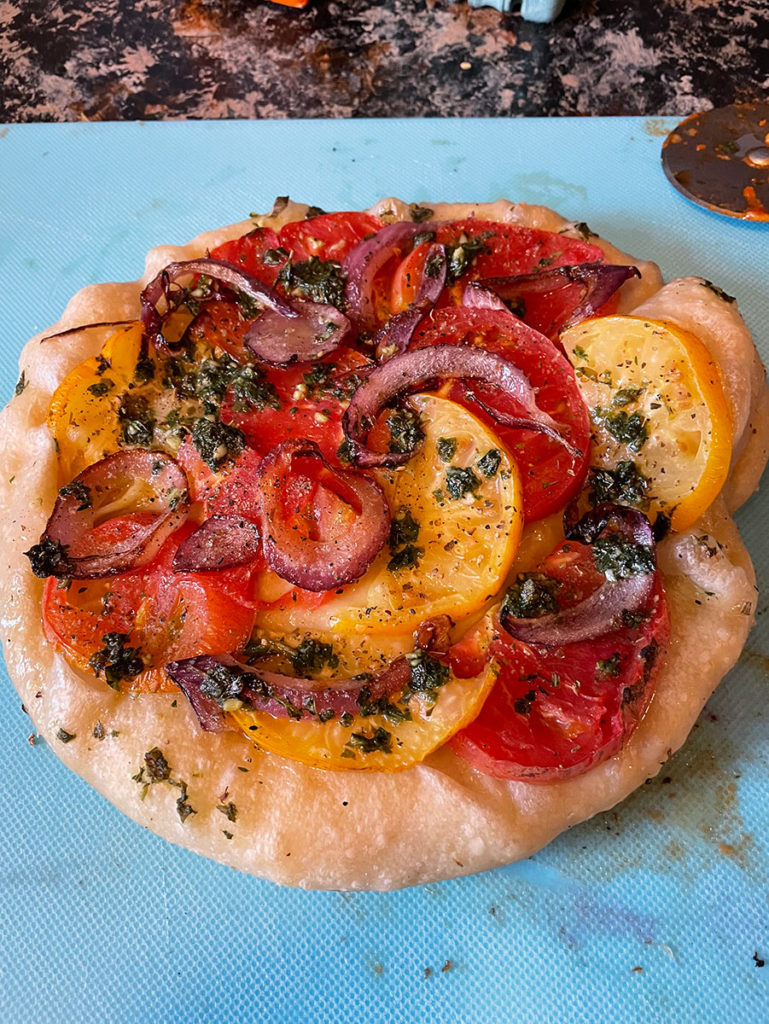How to change body composition in a healthy way

It has been proven that athletes with more muscle mass and less fat are able to run faster due to the power-to-weight ratio. Oftentimes, athletes will try to lose weight in an unhealthy way which can negatively affect performance and cause injury.